Dancing Plague
Dancing to death?!
The Dancing Plague of 1518, or Dance Epidemic of 1518, was a dancing mania that happened in France that back then used to be called Strasbourg, Alsace. It happened in the Holy Roman Empire and it started on July 1518 and lasted until September 1518. Somewhere between 50 and 400 people were dancing for weeks!
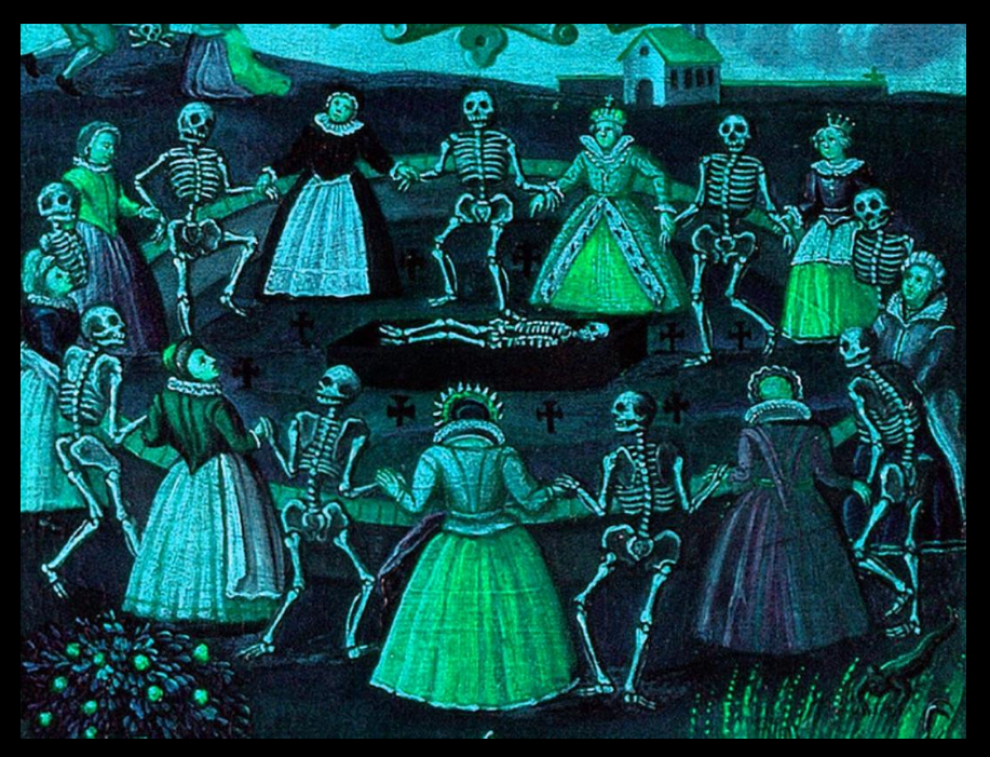
There are many theories, the most popular is being stress-induced mass hysteria, suggested by John Waller. Other theories include ergot and religious explanations.
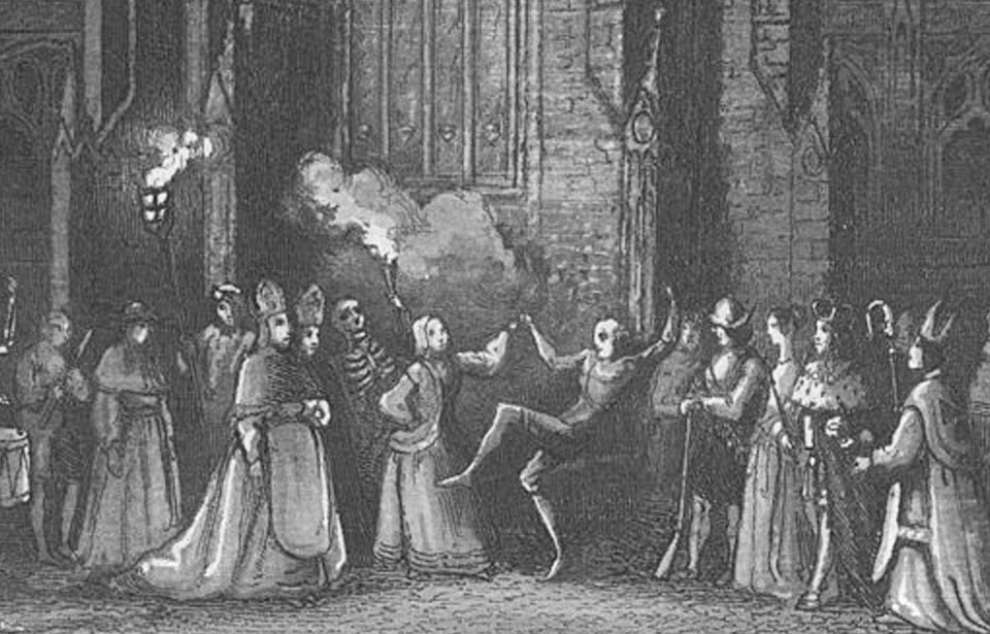
Some rumours say that these people were literally dancing to death!
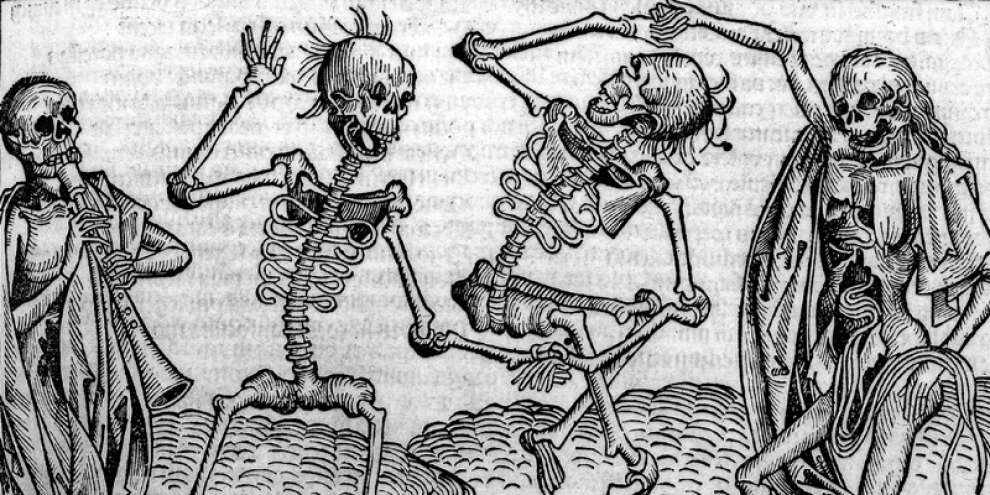
The outbreak began in July 1518 when a woman called Frau Troffea began to dance passionately in a street in Strasbourg. Troffea was dancing for a week. Soon, three dozen others joined in the intense dance.
By August, the "dancing plague" had claimed 400 victims. The dancers were beginning to collapse. It is said some even died from a stroke or heart attack. No one knew what caused this, so they didn't know how to cure it. By early September, the outbreak began to decrease, when the dancers were sent to a mountain shrine to pray for forgiveness.
Historical documents, including "physician notes, cathedral sermons, local and regional chronicles, and even notes issued by the Strasbourg city council claim that the victims danced, it is not known why.
Historical sources agree that there was an outbreak of dancing after a single woman started dancing, and the dancing did not seem to die down. It lasted for such a long time that it even attracted the attention of the authorities, until the council gave up authority to the physicians, who prescribed the afflicted to "dance'' themselves free of it.
There are claims that guild halls were refurbished to accommodate the dancing. Musicians and strong people also tried to help keep with the dancing mania to stay upright. This backfired, and the council was forced to ban public dancing as people danced in fear it was a punishment from Saint Vitus and to be "free of sin" many joined in on the dancing plague.
The council went as far as to ban music, as well. Those who danced were then ordered to go to the shrine of Saint Vitus, wore red shoes that were sprinkled with holy water and had painted crosses on the tops and soles. They also had to hold small crosses in their hands and incense and Latin incantations were part of this "ritual." Apparently "forgiven by Vitus," word was spread of a successful ritual and the Dancing Plague had ended.
The Dancing plague also happened in the mediaeval age including 11th century in Kölbigk, Saxony. They used to believe that the Dancing plague was a demonic possession or divine judgement.
In 15th in Italy that used to be called century Apulia, a woman was bitten by a tarantula, the venom made her dance with a fitful and spasmodic way. The only way to cure the bite was to "shimmy" and to have the right sort of music available, which was an accepted remedy by scholars like Athanasius Kircher.
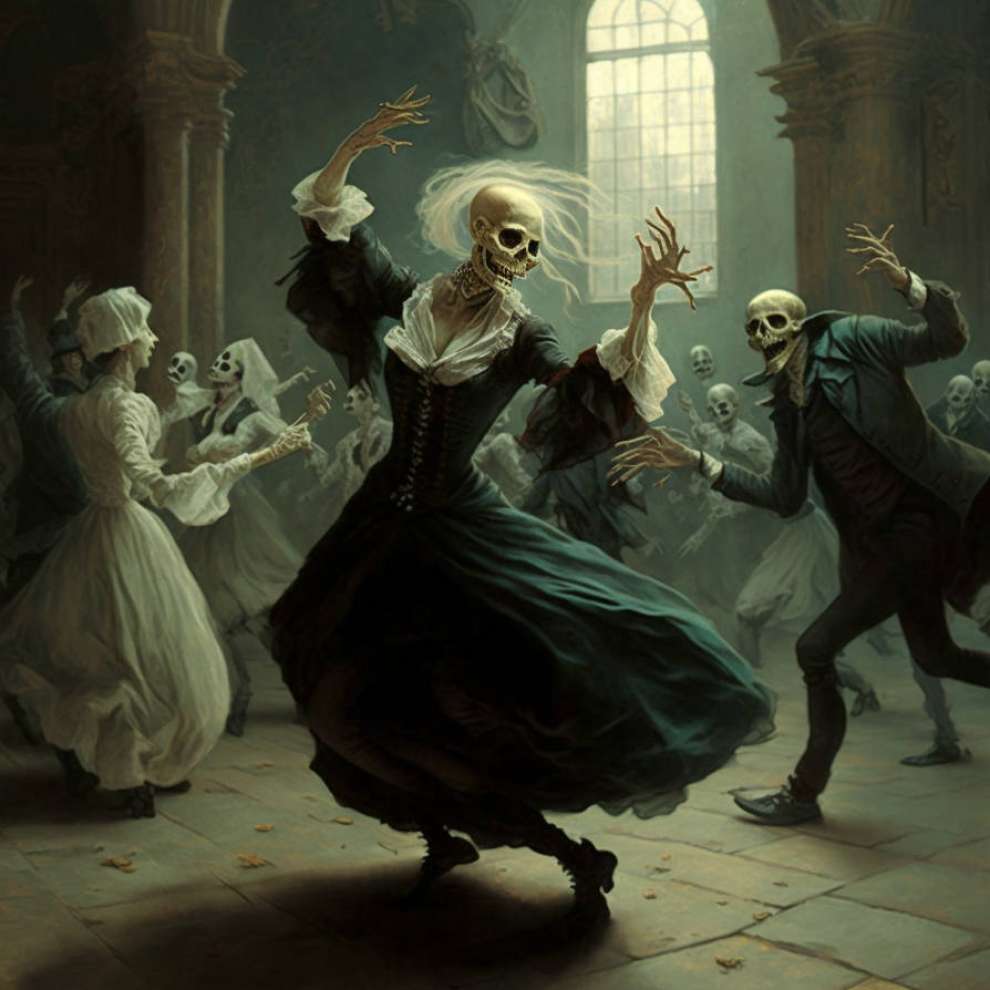
They used to say it was either a demonic possession or overheated blood.
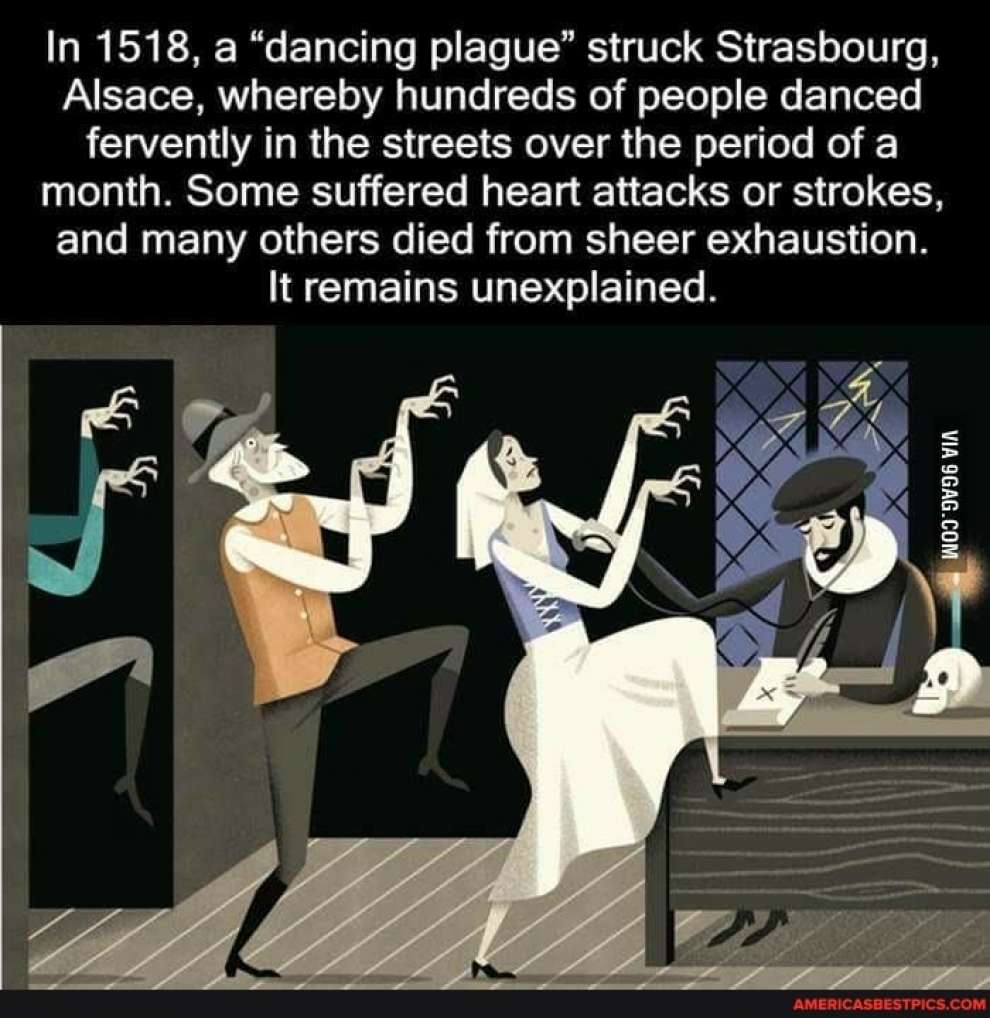
There is a controversy over whether people danced to death. Some sources claim that for a period the plague killed around fifteen people per day, but the sources of the city of Strasbourg at the time of the events did not mention the number of deaths, or even if there were any deaths.
Ned Pennant-Rea also claims that the final death toll is not known, but if the claims of fifteen people dying per day were true then the toll could be "into the hundreds."
The main source for the claim is John Waller, who has written several journal articles on the subject and the book A Time to Dance, a Time to Die: The Extraordinary Story of the Dancing Plague of 1518. Waller mentions that the deaths were all from later accounts of the events. There is also uncertainty about who is the initial dancer (either "Frau Troffea" or an unnamed woman). There are six chronicle accounts, the four of them claim that the first dancer was Lady Troffea.
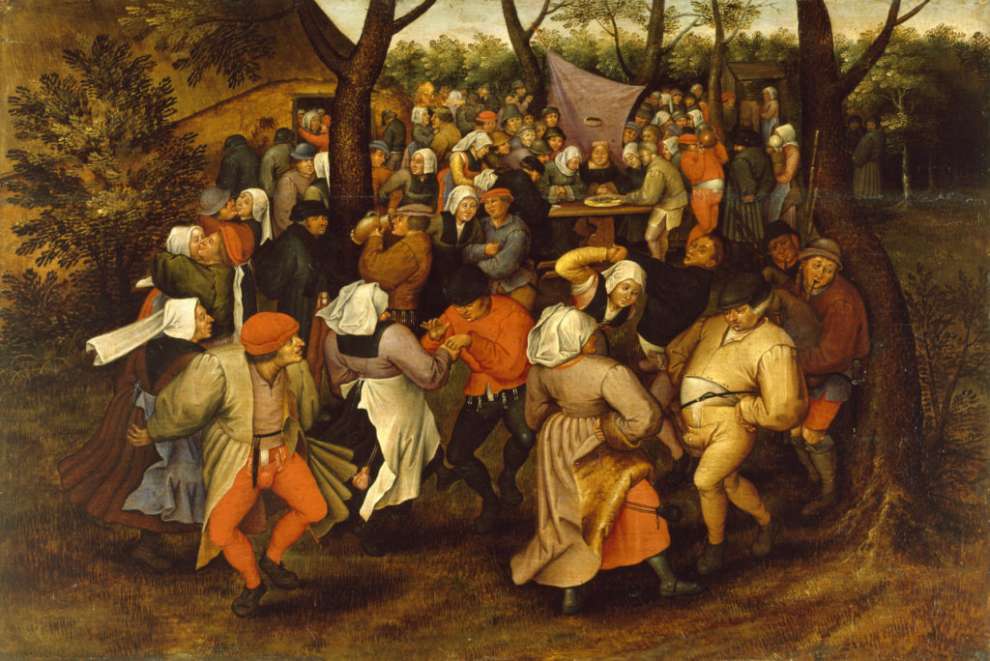
Modern theories:
Food poisoning
Some people believe the cause of the dancing plague could have been by food poisoning caused by the toxic and psychoactive chemical products of ergot fungi (ergotism), which grows commonly on grains (such as rye) used for baking bread. Ergotamine is the main psychoactive product of ergot fungi it is structurally related to the drug lysergic acid diethylamide (LSD-25) and is the substance from which LSD-25 was originally synthesised. The same fungus has also been implicated in other major historical events, including the Salem witch trials.
In The Lancet, John Waller disagrees with that theory because he believes that it is impossible that those poisoned by ergot could have danced for days at a time its psychotropic chemicals wouldn't affect so many people in the same way. The ergotism theory also fails to explain why almost every outbreak happened somewhere along the Rhine and Moselle rivers, areas linked by water but with quite different climates and crops".
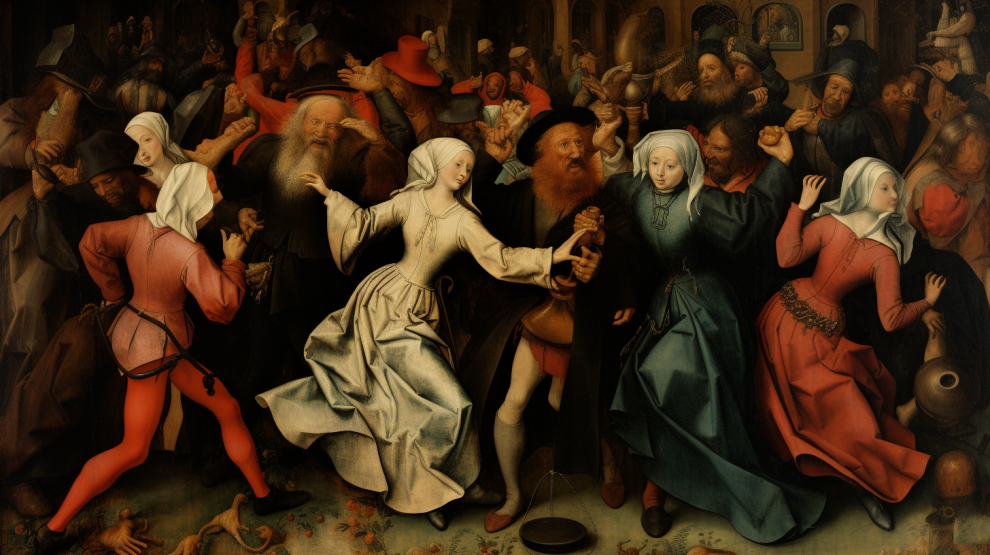
Stress-induced mass hysteria
This is a psychogenic movement disorder in mass hysteria or mass psychogenic illness, which makes many individuals suddenly having the same bizarre behaviour. The behaviour spreads rapidly and broadly in an epidemic pattern. This kind of behaviour could have been caused by higher levels of psychological stress, caused by the ruthless years (even by the rough standards of the early modern period) the people of Alsace were suffering.
Waller believes that the dancing was "stress-induced psychosis" on a mass level, since the people that danced in that region were suffering from starvation and disease, and the citizens tended to be superstitious. Seven other cases of dancing plague were reported in the same region during the mediaeval era.
This psychogenic illness could have created a chorea (from the Greek khoreia meaning "to dance"), a situation comprising random and intricate unintentional movements that flit from body part to body part. Diverse choreas (St. Vitus' dance, St. John's dance, and tarantism) were labelled in the Middle Ages referring to the epidemic of "dancing mania" that happened in central Europe, particularly at the time of the plague.
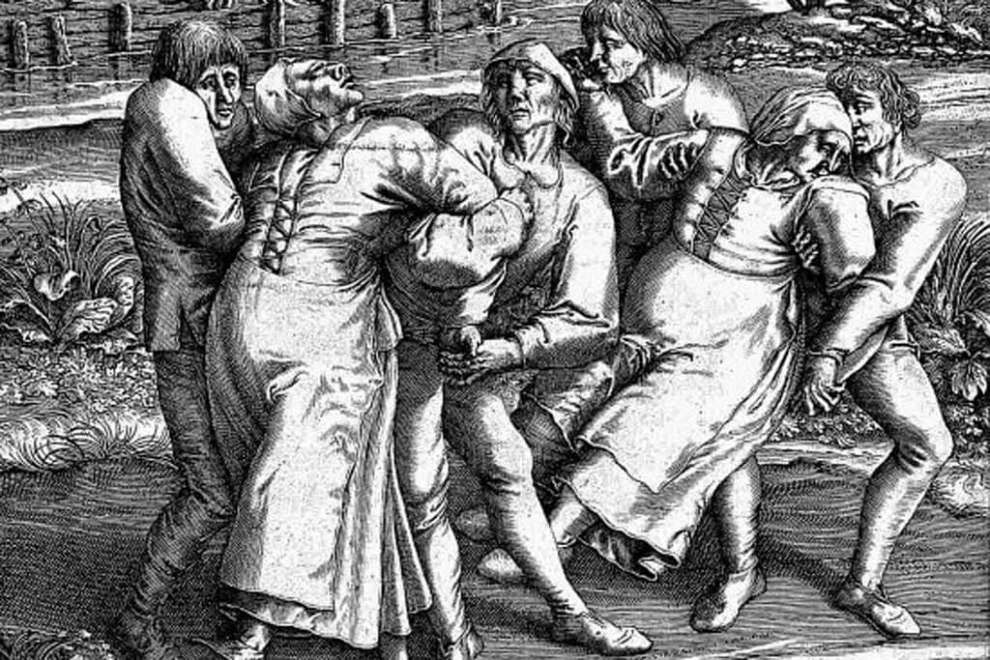
Pop culture and media
This interesting event gave many inspirations which are:
This dancing event inspired the 2022 choral song "Choreomania" by Florence and the Machine. It was the third track on the album Dance Fever, which took its title from the song.
The book series "A Collection of Utter Speculation" released a title "The Dancing Plague: A Collection of Utter Speculation" in 2022. It is a fictional account about the events that happened in Strasbourg.
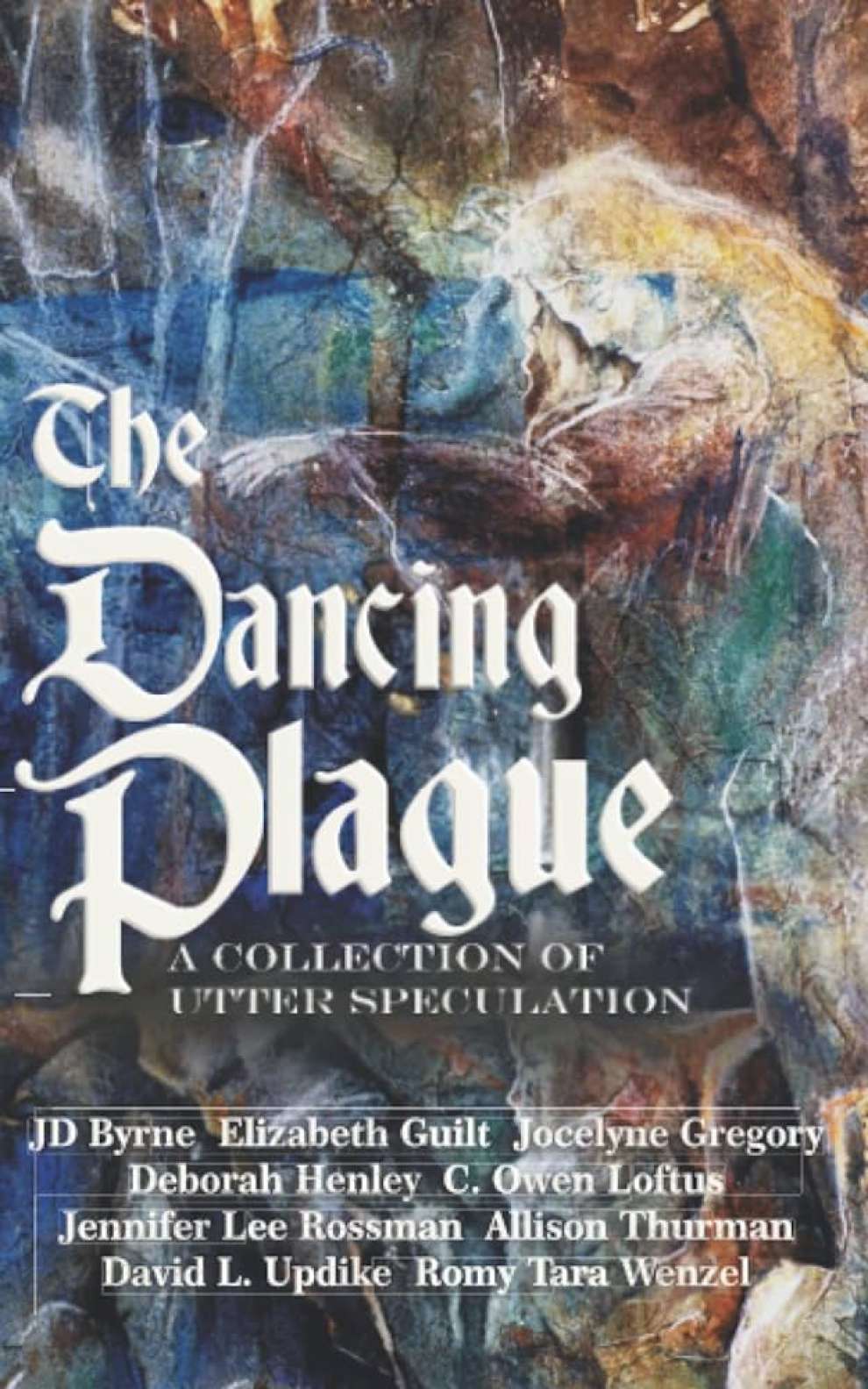
The 2023 novel, The Dance Tree, by Kiran Millwood Hargrave is a fictionalised version of the summer of 1518 in Strasbourg.
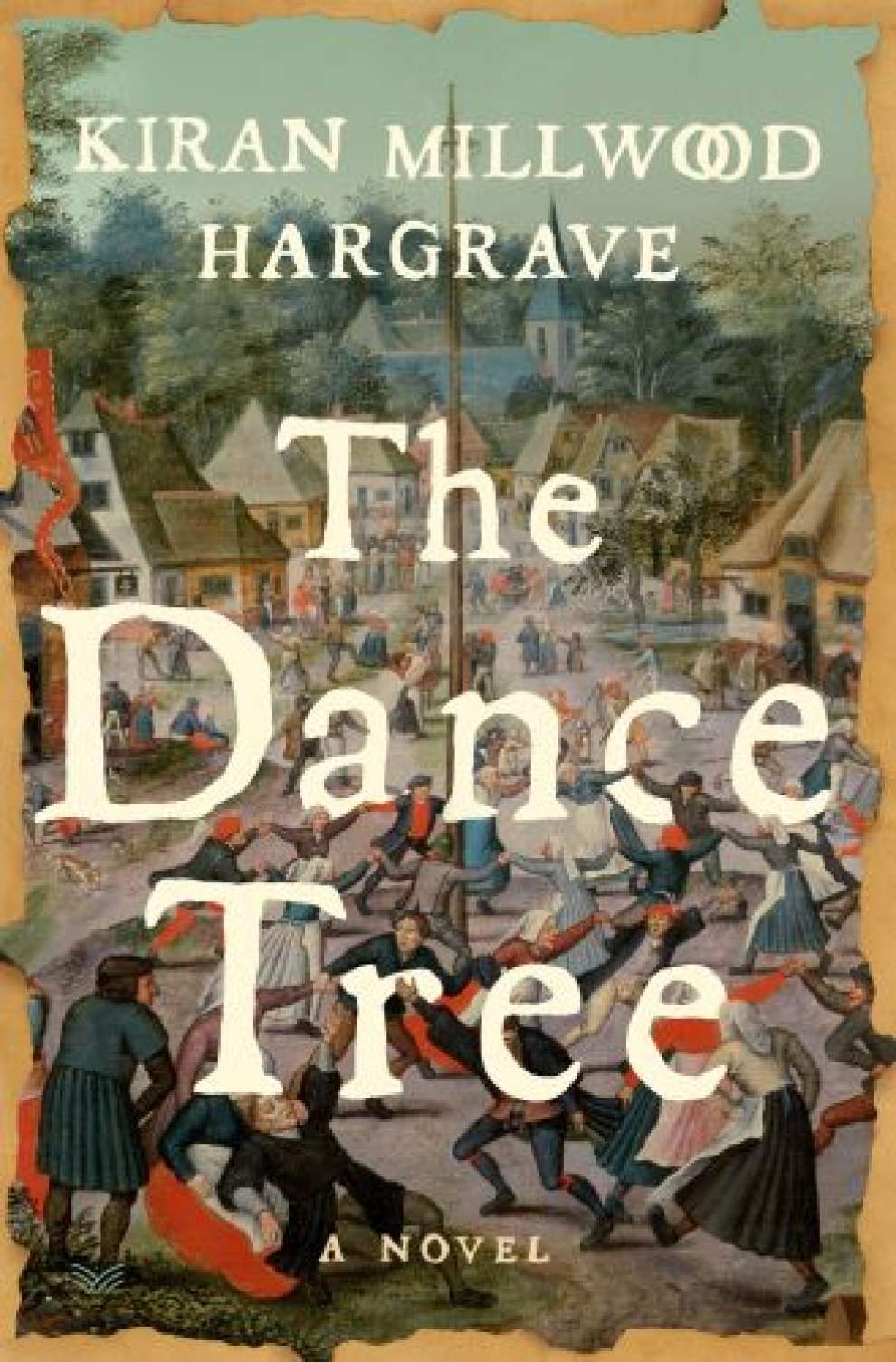
Kate Bush 1993 song "The Red Shoes" refers to this event "Oh the minute I put them on, I knew, I had done something' wrong. All her gifts for the dance had gone. It's the red shoes, they can't stop dancin', dancin'. The song was inspired by a character in the Michael Powell and Emeric Pressburger film of the same title, which itself was inspired by the fairy tale of the same name by Hans Christian Andersen.
There is also ''The Dancing Plague of 1518'' which is the electronic influenced dark wave /post-punk project of Conor Knowles, located in Spokane, Washington (USA).
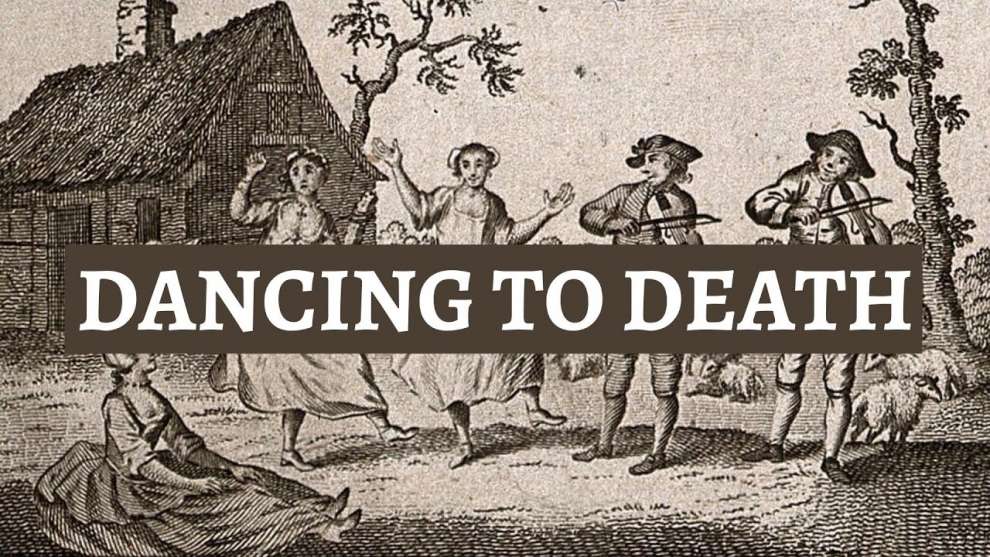
The Dancing Plague of 1518 still remains a mysterious and unexplainable phenomenon!
Source: https://en.wikipedia.org
Source of photos:
https://www.amazon.com
https://aliteraryescape.com
https://stephanielandsem.com
https://www.yesterwave.com
https://medium.com
https://www.sporcle.com
https://www.deviantart.com
https://www.thevintagenews.com

 English
English
 Ελληνικά
Ελληνικά Русский
Русский
 Posted by
Anna Maria Jones
Posted by
Anna Maria Jones






